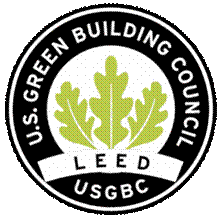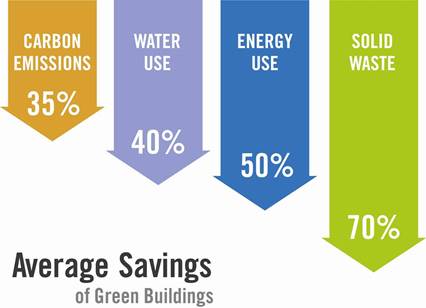+880 1815-220433
LEED (Leadership in Energy and Environmental Design) is an internationally recognized green building certification system, providing third-party verification& validation that a building or community was designed and built using strategies aimed at improving performance across all the metrics that matter most: energy savings, water efficiency, CO2 emissions reduction, improved indoor environmental quality, and stewardship of resources and sensitivity to their impacts.
Developed by the United States Green Building Council (USGBC), LEED provides building owners, operators, tenants and visitors a concise framework for identifying and implementing practical and measurable green building design, construction, operations and maintenance solutions.
LEED is flexible enough to apply to all building types – commercial, residential, hospital, retail, data center, school and hospitality industry. It works throughout the building lifecycle – design and construction, operations and maintenance, tenant fit-out, and significant retrofitting. And LEED for Neighborhood Development extends the benefits of LEED beyond the building footprint into the neighborhood it serves.
LEED provides a point system to score green building design and construction. The system is categorized in six basic areas: Location and Transportation (LT) Sustainable Sites (SS), Water Efficiency (WE), Energy and Atmosphere (EA), Materials and Resources (MR), and Indoor Environmental Quality (IEQ). Buildings are awarded points based on the extent various sustainable strategies are achieved. The more points awarded, the higher the level of certification achieved from Certified, Silver, Gold, to Platinum.

LEED will reduce your building operation and maintenance costs while promoting a great indoor working environment for all building occupants, not to mention that it will ultimately create a more productive workplace integrating nature into the design. Thus, it will be a unique selling point for your project.
Further benefits of a building being LEED certified are that the sustainable design approach:
